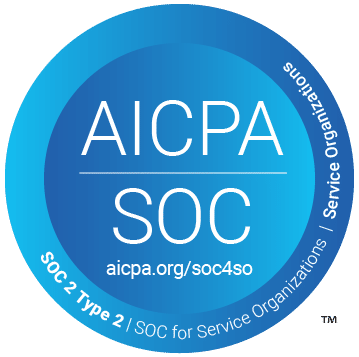While exclusion screening stands as an obvious and essential obligation of every Healthcare Compliance Officer, there exists another aspect of paramount importance that may not receive the attention it deserves. This less obvious yet equally crucial element revolves around “speaking up.” As Healthcare Compliance Officers, we are well-aware of the significance of exclusion screening to ensure regulatory compliance and patient safety. However, the power of encouraging employees to raise concerns, report issues, and blow the whistle on potential wrongdoings within the organization cannot be overstated.
Speaking up remains a perennial topic of interest for many Healthcare Compliance Officer. The story outlined in the Boston Globe interview with the Biogen whistleblower is one that we want to avoid being told about our organizations. (See the interview here if you missed it)
Whether it be issues with unlicensed/improperly credentialed providers, fraud, waste and abuse issues or reimbursement integrity issues, we rely on colleagues to be the eyes and ears of the business. Because while we are powerful, we are, most unfortunately, not omniscient. I was therefore very excited to have the opportunity to recently chat about speaking up with Jane Norbert, who is the former Chief of the United States Security and Exchange Commission Office of the Whistleblower.
We discussed the phenomenon that before individuals whistleblow to a regulator, they often make an attempt to report the issue(s) internally first. I took the opportunity to ask Jane about how that tends to happen. What are the opportunities that well meaning companies are missing?
Jane shared two common pitfalls that can result in a report being made but not appropriately actioned.
Management training
The first was that managers receiving reports are not always adequately trained in how to handle receipt of a report. This makes sense. We are very good about communicating to colleagues that it’s important that they speak up and that they are protected for good faith reports. But not everyone takes the step of walking managers through the do’s and don’ts of how to liaise with an employee who is making a report.
The below is a template outline of the kind of content I like to provide to managers in an organization that can be tailored to your relevant policies and procedures. I recommended turning your final content into a step-by-step quick reference sheet, for example a checklist, that supervisors can save to refer to when they get their next report – its unreasonable to expect them to recall a training session unless they happen to get a report the very next day – and sometimes even then it’s hard to remember every requirement.
- Take the report seriously. It takes a lot of courage to come forward. Acknowledge that if appropriate.
- Thank the colleague sincerely for providing the information — it is a gift.
- Ask for as much information as you can, including checking whether there might be any supporting documentation to provide.
- Assure the reporter that you will be acting immediately by informing the investigations department.
- Ask the reporter if they would like to remain anonymous and honor their wishes.
- Provide the information to the investigations department — do not investigate yourself.
- Remember to treat the reporter as you normally would and keep the matter confidential.
Pro tip: When you hold your training for managers, invite all staff members to attend if they would like to. The reason for this is multi-fold. Many of our independent contributors are the managers of tomorrow and it’s never too early to learn. Additionally it’s beneficial for colleagues to see the company taking speaking up as a topic so seriously and being held accountable to investigation expectations.
Lack of recognition
The second explanation that Jane identified may be a bit shocking to hear. She explained that sometimes a report is made to a manager and they don’t figure out that a report is being made, they simply don’t see it as being a report. How might this happen? The manager may interpret the discussion as an employee sharing thoughts or venting, but it doesn’t rise to the level of being an “official” whistleblowing submission, so it doesn’t occur to the manager to do more with the information.
Armed with this knowledge, we as Compliance practitioners would be smart to include a component dedicated to this issue in our speak up training for management. We should make clear that there is no special format or formula for how a report is made for it to be a valid whistleblowing complaint. Our colleagues do not need to specifically say “I am whistleblowing” but rather we need to ask our managers to listen carefully and thoughtfully for any kind of description of a situation that is not easy to reconcile with our company values, policies or laws/regulations, no matter how seemingly casual the conversation.
Hearing the perspective of someone who formerly received whistleblower reports at a government authority provided illuminating information for how I can better approach speak up campaigns as a Compliance Officer.
Pro tip: Follow Jane Norberg for more of her whistleblowing and speak up insights.


































